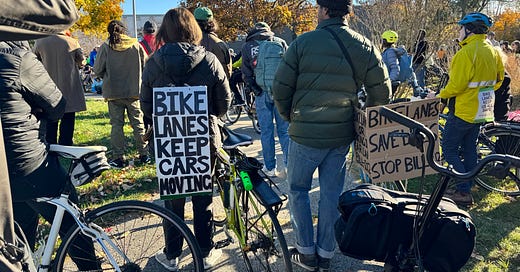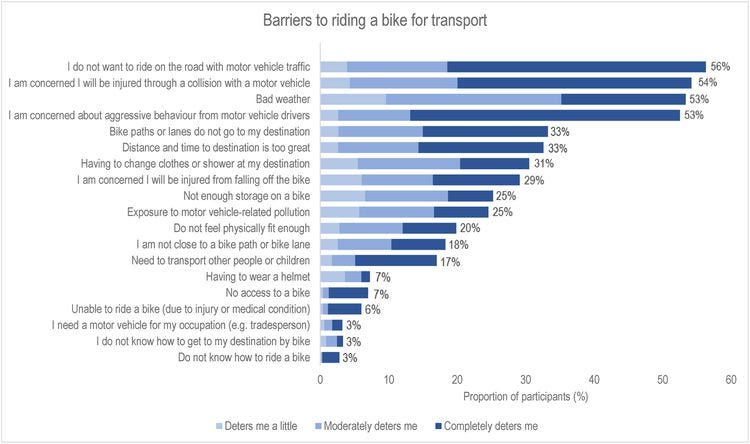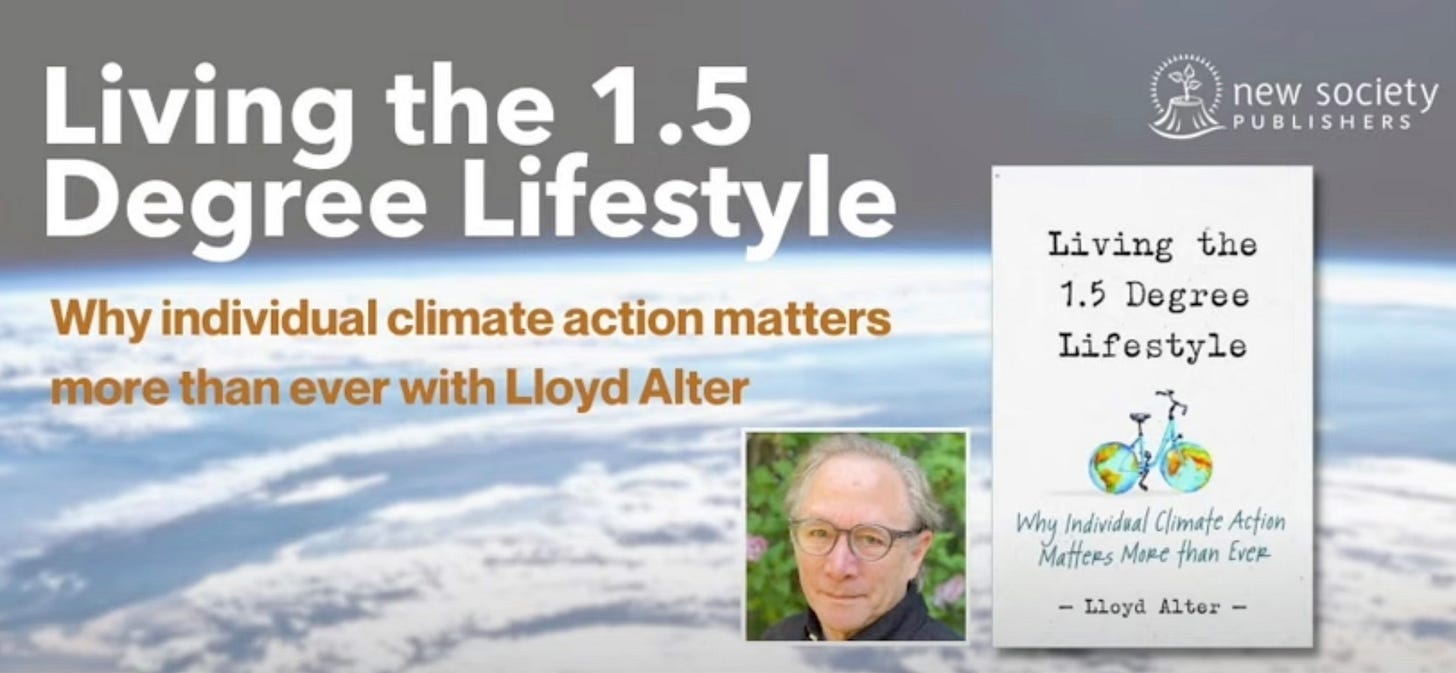Protected bike lanes attract over four times as many cyclists
So of course, politicians want to tear them out.
In Ontario, Canada, Premier Doug Ford continues his war on bike lanes, and no doubt will continue to ignore studies which show how effective they are at getting people on to bikes. The latest is The link between low-stress bicycle facilities and bicycle commuting, published in Nature Cities on 2 June.
The study found that “stress-free” protected bike lanes attracted 1.8 times as many riders as painted but unprotected bike lanes, and 4.3 times as many riders compared to no bike lane at all. "Protected bicycle lane mileage installed was significantly associated with bicycle commuter increases 52.5 per cent stronger than standard bicycle lane mileage and 281.2 per cent stronger than shared-lane marking mileage".
The study also notes:
Cities that seek to boost bicycle commute mode shifts should focus on implementing low-stress bicycle facilities if they want to best facilitate the sizable population of less-confident potential riders. Although higher bicycle mode share is not necessarily an end in itself, it could help cities to lower fuel consumption, emissions and transportation costs while providing more mobility options to a greater percentage of the population along with better health outcomes and better safety for bicyclists and nonbicyclist road users alike.
They also tried to answer the question: “are bicycle facilities causing the high levels of bicycle commuting observed, or are bicycle facilities being installed in areas with high preexisting levels of bicycle commuting?” Which came first, the bikes or the bike lanes? They concluded that the bike lanes caused the growth, proving Brent Toderian’s dictum that you need to build the infrastructure first.
“As cities’ commitments to promoting sustainable transportation through biking continue to evolve with more mature bicycle facilities and expanding bicycle networks, results of this study suggest more nuance to the old mantra ‘Build it, and they will come’ by unveiling a link between lower-stress bicycle facilities and larger increases in bicycle commuting.”
I like the study’s emphasis on “stress-free” cycling. Young fit males on bikes may feel comfortable riding in traffic but I don’t anymore, and cycling site Road.cc points to a report, Barriers and enablers of bike riding for transport and recreational purposes in Australia, finding “that women were less comfortable with the idea of cycling near traffic, and would be encouraged by segregated cycle lanes.”
I covered that study for Treehugger shortly before I was laid off, long before Doug Ford started tearing things up, and before I spent a day cycling in Melbourne, the focus of the study, so it is worth another look.
The single biggest finding is that people are afraid of being squished by cars.
"Consistent with previous literature, over half of the sample reported barriers that related to physical separation between people riding cars and motor vehicle traffic. These included not wanting to ride on the road with motor vehicle traffic, concern about collision with a motor vehicle and concerns about motorist aggression."
The other side of this study is the look at enablers—about what encourages people to ride bikes. They want to ride to improve their physical and mental health, reduce their environmental impact, and save money, but what would enable them to do this is a physically separated bike lane. I wrote in Treehugger:
“The study concludes that people want to ride but are afraid to. It broke the respondents up into groups, and even 60.6% of "strong and fearless/enthused and confident" riders said a physically separated bike lane would encourage them to ride more. Among the "interested but concerned" prospects, the biggest group in the survey, 73.9%, put the bike lanes as the top enabler. So it's clear that if a goal is to get more people on bikes, to move them from "interested but concerned" to "enthused and confident," you need proper physically separated bike lanes.”
But Doug Ford doesn’t care about people who want to improve their health, reduce their environmental impact or save money. He only cares about people who drive; everyone else is just roadkill.
More: The Conservative war on bikes continues
Piles of research on why we should promote bike lanes, bikes, e-bikes and e-scooters Doug Ford take note: they reduce carbon emissions and save lives.
Doug Ford will have blood on his hands if he rips out Toronto bike lanes The Minister of Transportation takes a "a leap of faith that I’ll be able to get to the office on time." I take a leap of faith about whether my family will get to work alive.
Why is Doug Ford trying to kill us? The Premier of Ontario isn't just going after people on bikes; he is hurting everyone in the province.
Special offer!
I do not want to put up a paywall on this site, but it provides a meaningful portion of my income. So here’s a limited time offer: I will send a signed copy of the print edition of “Living the 1.5 Lifestyle” to anyone in the USA or Canada who signs up for a one-year subscription (C$50, cheap at about US$34.95 )









I am living proof that more and improved bike lanes get people on bikes. Last month I bought a new, electric bike. My purchase was spurred by the plethora of new bike lanes that have been installed in my city.
I can bicycle downtown and to other destinations—groceries, bank, library, shopping, etc.—completely on very good bike lanes. About six of the eight and a half miles of my work commute is protected by bike lanes. In about a month, I've ridden over 120 miles on my new bike.
It's the concept of induced demand. For cars that means, build more roads, get more cars. Same principle applies to bikes, build more safe bike facilities, get more bikes.